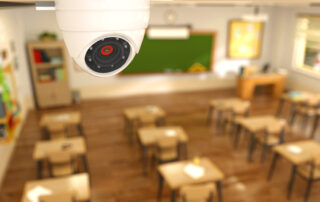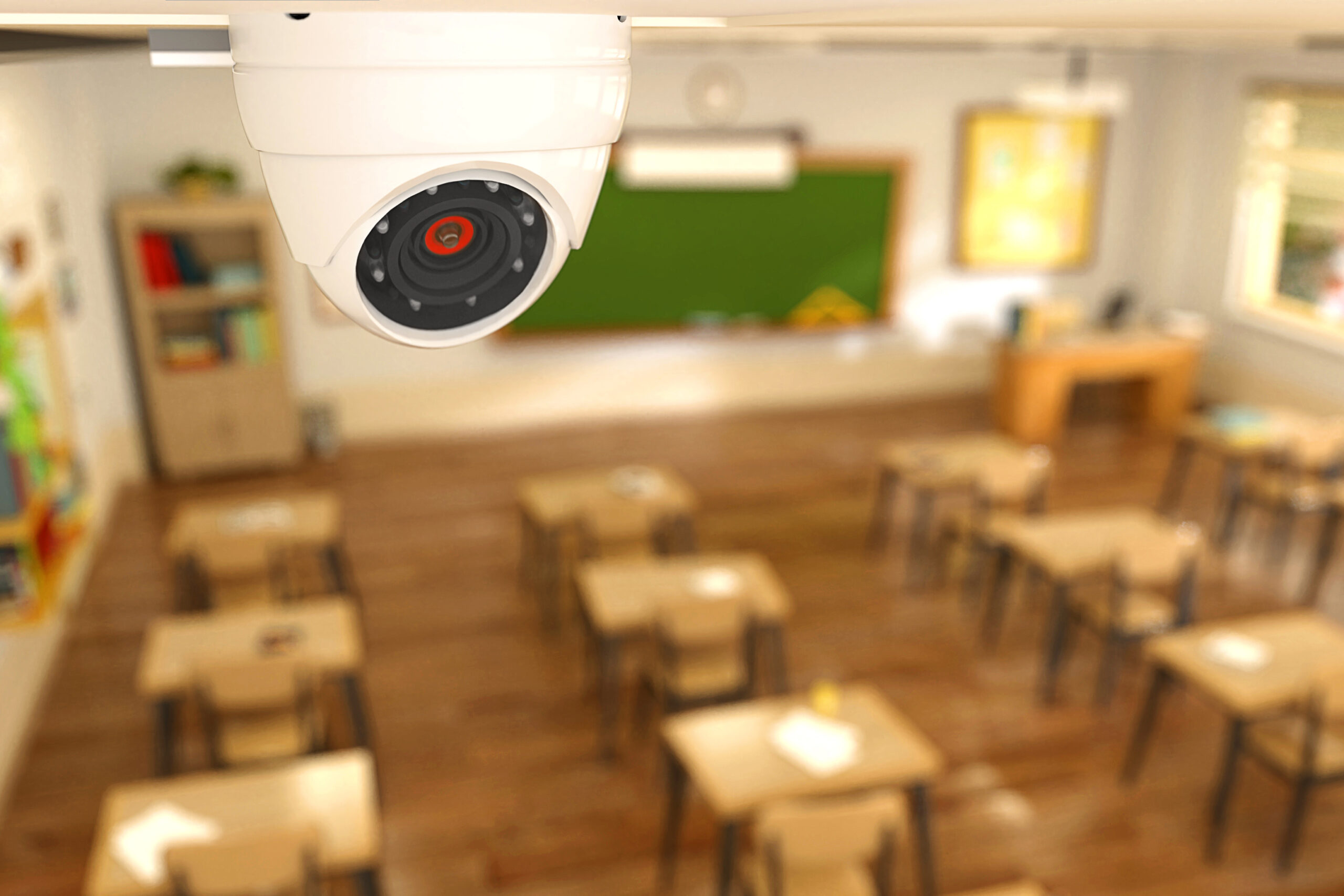Mitigating mold and moisture risks is essential for ensuring a safe and healthy learning environment in school facilities. Excess moisture from leaks, high humidity, or poor ventilation creates ideal conditions for mold growth, which can compromise air quality and pose health risks like respiratory issues and allergies, potentially leading to increased absenteeism and liability concerns. Proactive strategies to address these risks help schools maintain safe, operational facilities. Here are five key prevention strategies to consider:
- Conduct Regular Inspections
- Roof and Building Envelope: Regularly inspect for leaks or cracks. Address issues promptly to prevent water intrusion.
- HVAC Systems: Ensure HVAC systems are maintained and functioning efficiently to control humidity levels.
- Manage Indoor Humidity
- Keep indoor relative humidity between 30% and 50% to inhibit mold growth.
- Use dehumidifiers in problem areas and ensure proper ventilation in high-moisture spaces like bathrooms and cafeteria kitchens.
- Respond Promptly to Water Incidents
- Dry wet areas within 24-48 hours to minimize mold risk.
- Develop a water damage response plan that includes immediate cleanup and drying procedures.
- Educate Staff and Students
- Train custodial staff to recognize early signs of mold and moisture issues.
- Encourage students and staff to report leaks or signs of water damage promptly.
- Use Mold-Resistant Materials
- Incorporate mold-resistant drywall, paints, and insulation during renovations or construction projects.
- Replace carpets with hard flooring in high-moisture areas to reduce mold risks.
Mold Remediation and Health Considerations
If mold is detected, schools should engage licensed professionals for remediation. Ensure affected areas are isolated during cleanup, and air quality testing is conducted afterward. Addressing mold promptly prevents further spread and mitigates health concerns.
By prioritizing moisture control and mold prevention, you can safeguard facilities and promote a healthy environment for students and staff. Proactive measures today will reduce costly remediation efforts and health risks tomorrow.
For more insights on school safety, contact INSURICA today.
About the Author
Share This Story
Related Blogs
Enhancing School Security: Practical Strategies for Safer Campuses
Enhancing school security is one of the most pressing responsibilities for education leaders today. As school campuses evolve, so too must the systems that protect them. For administrators, safety professionals, and district decision-makers, creating a secure learning environment means taking a proactive, layered approach that includes physical security, training, technology, and community involvement.
5 Common Cybersecurity Mistakes and How to Avoid Them
All organizations, regardless of their size or industry, are at risk of being targeted by cybercriminals. These malicious actors can conduct cyberattacks, leading to significant financial, operational and reputational damage that can be difficult or impossible to recover from. Fortunately, solid cyber hygiene practices can reduce the likelihood of data breaches and other cyber incidents from occurring, and many of these practices are relatively low-cost and easy to implement.
Insurance Coverage Basics For Boatowners
A small boat, such as a canoe or other un-motorized boat, is typically covered under the personal property portion of your homeowners insurance policy. If you own a larger, faster boat, you'll need a separate boatowners insurance policy. A typical boatowners insurance policy is designed to protect your boat, motor, equipment, and passengers. It affords similar coverages to those you typically have for your car including:








